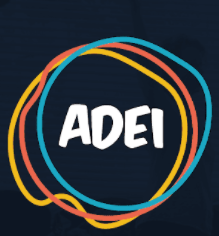Making Meaning Through Sound
1. Choral speaking
Choral speaking involves a group of people speaking together for dramatic effect. The may speak in unison or experiment with a mixture of single and multiple voices. The key elements of choral speaking are volume, tempo, tone, vocal register, pause and rhythm.
2. Soundscape / sound collage
Working in small groups people are asked to make a pattern which might illustrate something or someone in a drama. This is a way of making meaning which could ‘allow’ language as well as sounds but it is more likely to rely on sound effects. Groups need to experiment with ways of making non-verbal sounds, for example, using:
Their mouths (sighing, whistling, breathing, cheering)
Other parts of their bodies (stamping feet, clapping hands)
‘Found’ sounds (a piece of paper slowly ripped or screwed up, a pen rattling on a radiator, a door squeak)
Percussion (improvised or conventional music instruments)
Soundscapes / sound collages are often performed to audiences who have their eyes shot to ensure only an aural focus.
3. Voice collage
The voice collage is a variant of soundscape in which only vocal effects are allowed. This approach is more likely to ‘allow’ language to be included alongside other vocal effect.
